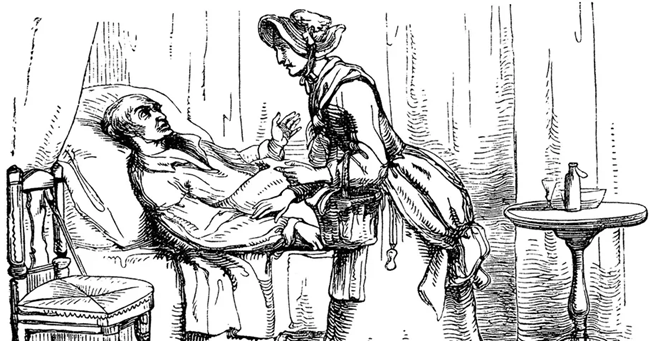New Cholera-Toxin Binding Protein Stops Diarrhea in its Tracks

A team of international researchers has developed a new antibody-based therapy that could dramatically change how we treat cholera and other intestinal infections. The engineered protein, based on single-domain antibodies (VHHs), targets cholera toxin (CTX)—a major driver of the disease's hallmark watery diarrhea—and prevents it from binding to the gut.
The Urgent Need for Alternatives to Cholera Vaccines
Since 1961, the world has been grappling with a persistent cholera pandemic, with a notable spike in cases in 2022. While oral vaccines exist, their global supply cannot keep pace with demand, prompting scientists to seek new, scalable protective strategies. One such strategy? A new class of antibodies called VHHs,or nanobodies.
VHHs are derived from camels, llamas, and alpacas. Their small size, high specificity, and remarkable stability in harsh environments—like the gastrointestinal tract—make them ideal for oral therapeutic applications.
Engineering a Gut-Stable Cholera Antidote
In a collaboration between the Technical University of Denmark, Harvard Medical School, and gut-health biotech firm Bactolife, scientists created a VHH-based protein named BL3.2 that binds directly to cholera toxin and prevents it from triggering diarrhea.
Here's how it works:
CTX normally binds to GM1 receptors on human intestinal cells through its B-subunit (CTXB).
Once attached, the toxin's A-subunit enters the cells and disrupts normal water regulation, causing diarrhea.
BL3.2 binds to the GM1-binding pocket of CTXB, blocking this interaction entirely.
From Lab to Animal Models: A Success Story
To find the most effective blocker, researchers screened VHHs generated from alpacas immunized with CTXB. One standout binder, BL3.1, was further enhanced by linking two units together to form BL3.2, a more potent bivalent version.
Results were striking:
BL3.2 was stable in simulated gastric fluid.
It blocked CTX activity in human intestinal cell assays.
In an infant mouse model, oral delivery of BL3.2 before and after CTX exposure completely prevented diarrhea and significantly reduced weight loss and gut fluid accumulation.
Even more impressively, BL3.2 reduced colonization by a highly virulent 2022 strain of Vibrio cholerae by tenfold, suggesting both toxin-neutralizing and pathogen-reducing potential.
A Blueprint for Future Gut Therapies
Michiel Harmsen, a VHH expert, praised the results—especially the bivalent format's enhanced performance. He also noted the potential of exploring toxin aggregation as an additional mechanism.
The research team is now investigating optimal dosing and broader applications, hoping to extend this strategy to combat other gastrointestinal pathogens.
Why It Matters
This study doesn't just introduce a new way to fight cholera. It highlights how nanobody-based oral biologics could become a powerful addition to our gut health arsenal—particularly in resource-limited settings where vaccines or conventional therapies are out of reach.
As Sandra Wingaard Thrane summarized, "This is an exciting tool that not only advances our understanding of bacterial pathogenesis but may also help us fortify the gut in times of diarrheal outbreaks."
Source: The Scientist